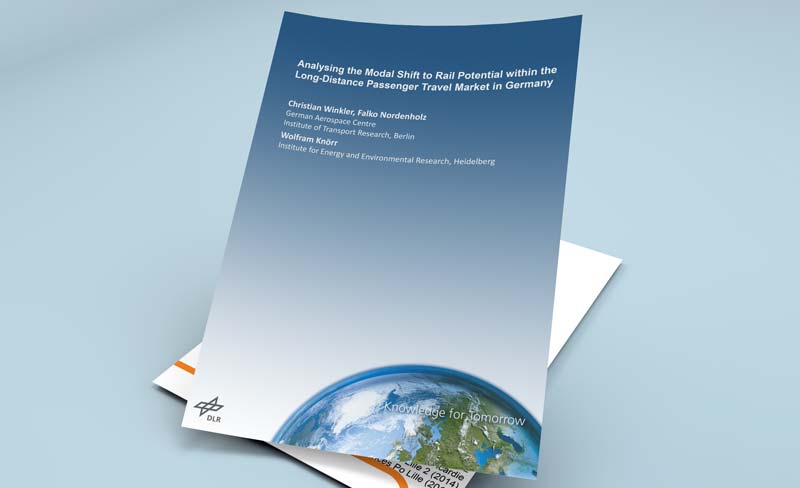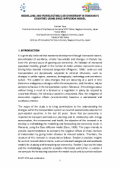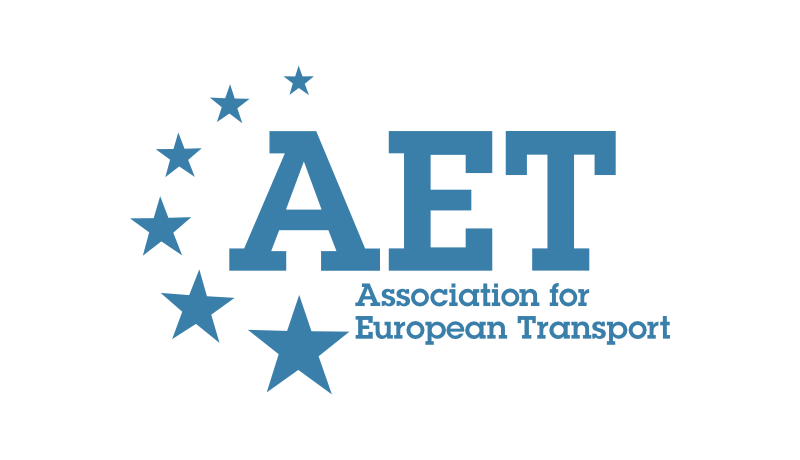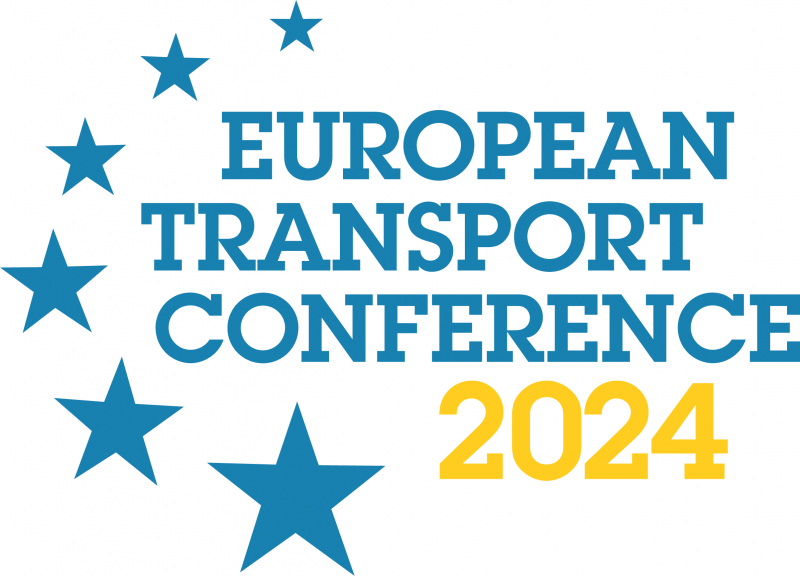-
Past ETC Papers

Browse, search and view papers from the past AET Conferences.
-
Members' Area

AET promotes networking and exchange of ideas, information and opportunities amongst members.
Conference Papers 2015
Frankfurt, Germany
ETC Conference Papers 2015
Modelling and Forecasting Car Ownership in Romania's Counties using Bass Diffusion Model
Seminar
Day 2 (29 Sep 2015), Session 9, Travel behaviour, 14:00 - 15:00
Status
Accepted, documents submitted
Submitted by / Abstract owner
Cristian Tosa
Authors
Cristian Tosa, Technical University of Cluj Napoca, Romania/ JSPS Fellow, Nagoya University, Japan, Tomio MIWA, EcoTopia Science Institute, Takayuki MORIKAWA, Institute of Innovation for Future Society, Nagoya University, Japan
Short abstract
Analyze and forecast the evolution of car ownsership in Romanian society as determined by economic development, changing demographics and historical evolution of motorization, since the change in political regime in 1989.
Abstract
Land-use and transportation are dynamically subjected to external influences, such as changes in politic regime, economy, demography, technology and sometimes culture. The sudden or slow changes that are occurring at a point in time determine endogenous changes within the components, and therefore, induce complex behaviour in the transportation system. Moreover, if the changes occur without being a result of a forecast or a regulation in policy (to respond to unwanted effects), the behaviour could be unexpected. Also, the mitigation of observable negative effects (environmental) becomes a complicated and assiduous process.
The scope of the study is to bring contributions to the understanding the changes within the transportation system as result of economic development in post-socialist countries in the last 25 years. Given that car ownership is important to transport and land-use planning and its relationship with energy consumption, the environment and health, the objective of this research is to develop a methodology for modelling and forecasting car ownership levels in Romania, using the Bass diffusion model. The model was estimated using cross section time-series data on vehicle ownership in Romania’s 42 counties and consists of population evolution, vehicle ownership as well as economic development by means of gross regional product (GRP). Our analysis spans since the beginning of the 1990s until the recent years. We were constrained by the scarcity of studies in the field of urban transportation planning in Romania and were limited to data from the Romanian National Institute of Statistics and Eurostat.
This paper intends to provide recommendations to overcome the negative effects of sharp increase of motorization by giving better chances to relevant actions.
Documents:

Association For
European Transport
Forester House
Doctors Lane
Henley-in-Arden
Warwickshire, UK
B95 5AW
+44 (0) 15 64 793552
VAT number: 710 1866 64
Conference Supporters & Endorsers




Legal Entity
The Association for European Transport is registered as an Association ('vereniging') with the Chamber of Commerce for Haaglanden in The Netherlands under company number 27170096.
Built on Zenario




